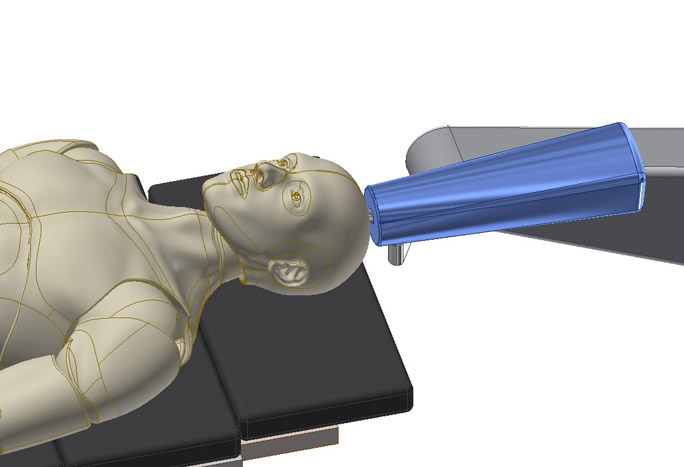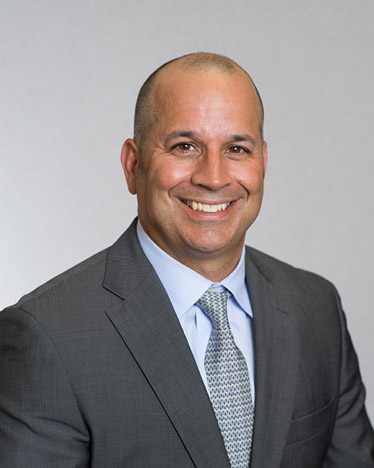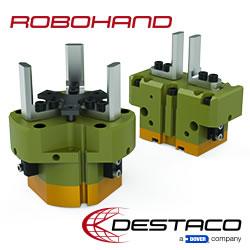Two hands are better than one, so consider how doubling that to four hands – with robotic steadiness – will forever change neurosurgery, and especially life-threatening blood clots and brain tumor resections.
Lending A Hand – Or Four: How A New, Four-Arm Robot Will Forever Change Neurosurgery
John M. Abrahams | Brain & Spine Surgeons of New York
Robotics have redefined surgery over the last decade, but it’s been slow to break into the field of neurosurgery. Limitations remain in even the most basic neurosurgical procedures, most of which are still performed by hand.
Precision is restricted. Access to crucial areas of the brain is very challenging. Movements are awkward, increasing incision size and diminishing results.
A new cranial robot with four working arms and a steerable camera, codeveloped by BSSNY and Honeybee Robotics, will resolve this conundrum, establishing never-before-used technology to improve patient outcomes. Two hands are better than one, so consider how doubling that to four hands – with robotic steadiness – will forever change neurosurgery, and especially life-threatening blood clots and brain tumor resections.

We are developing a robotic device with four working arms and a surgical camera with a double S-curve for better imaging, all of which will be controlled by the surgeon from a nearby the operating room. It will provide surgeons four tools at once, as each arm will have a rotation of tools that can easily be switched out on an arm with the click of a button throughout an operation. At the moment, only one of the surgeon’s hands is doing the heavy lifting in a procedure, and there simply isn’t a seamless way to change instruments.
Additionally, a patent is pending for a Smart Retractor, which will free up surgeons from using one hand to manually retract an incision during the operation. Think about searching for a hard-to-find object under a blanket. One arm is wasted from lifting the covers up. In our case the retractor will keep the incision open so a surgeon is free to use both hands – plus the robot’s four – whenever one is needed.
This is a groundbreaking innovation meant to improve patient outcomes from procedures removing blood clots and brain tumors. With our new tools and a robot’s unparalleled precision, there will be more accuracy and access to critical areas of the brain, which means far better patient outcomes.

About John M. Abrahams
Dr. Abrahams joined Brain & Spine Surgeons of New York in 2004 as their sixth surgeon in the group. Since joining, he has become one of the busiest surgeons in the region. In 2012, he was named Chief of Neurosurgery at Northern Westchester Hospital. He took over as President of the group in 2014 to grow to 18 physicians and over 60 employees. The group now manages Neurosurgery at Vassar Brothers Hospital, Northern Westchester Hospital, Putnam Hospital, White Plains Hospital, and Maria Fareri Hospital, in addition to its involvement at Phelps Hospital & Westchester Medical Center.
In 2009, Dr. Abrahams founded the Westchester Neuroscience Institute, committed to clinical and basic science research in brain tumors, neurotrauma, and spinal cord disorders. He became Co-Director of Spine Section of the Orthopedic & Spine Institute of Northern Westchester Hospital in 2012.
In 2016, Dr. Abrahams developed a concept to incorporate robotics into basic Neurosurgical procedures. Using his concepts, he developed a partnership with Honeybee Robotics (Brooklyn NY) to develop a robotic device with four working arms and a surgical camera. The purpose of the robot was to allows surgeons greater precision, access difficult areas of the brain, improve outcomes, and minimize incision size. The group has developed a Smart Retractor (patent in development), and working on the second component, a Smart Arm.
The content & opinions in this article are the author’s and do not necessarily represent the views of RoboticsTomorrow
Comments (0)
This post does not have any comments. Be the first to leave a comment below.
Featured Product

